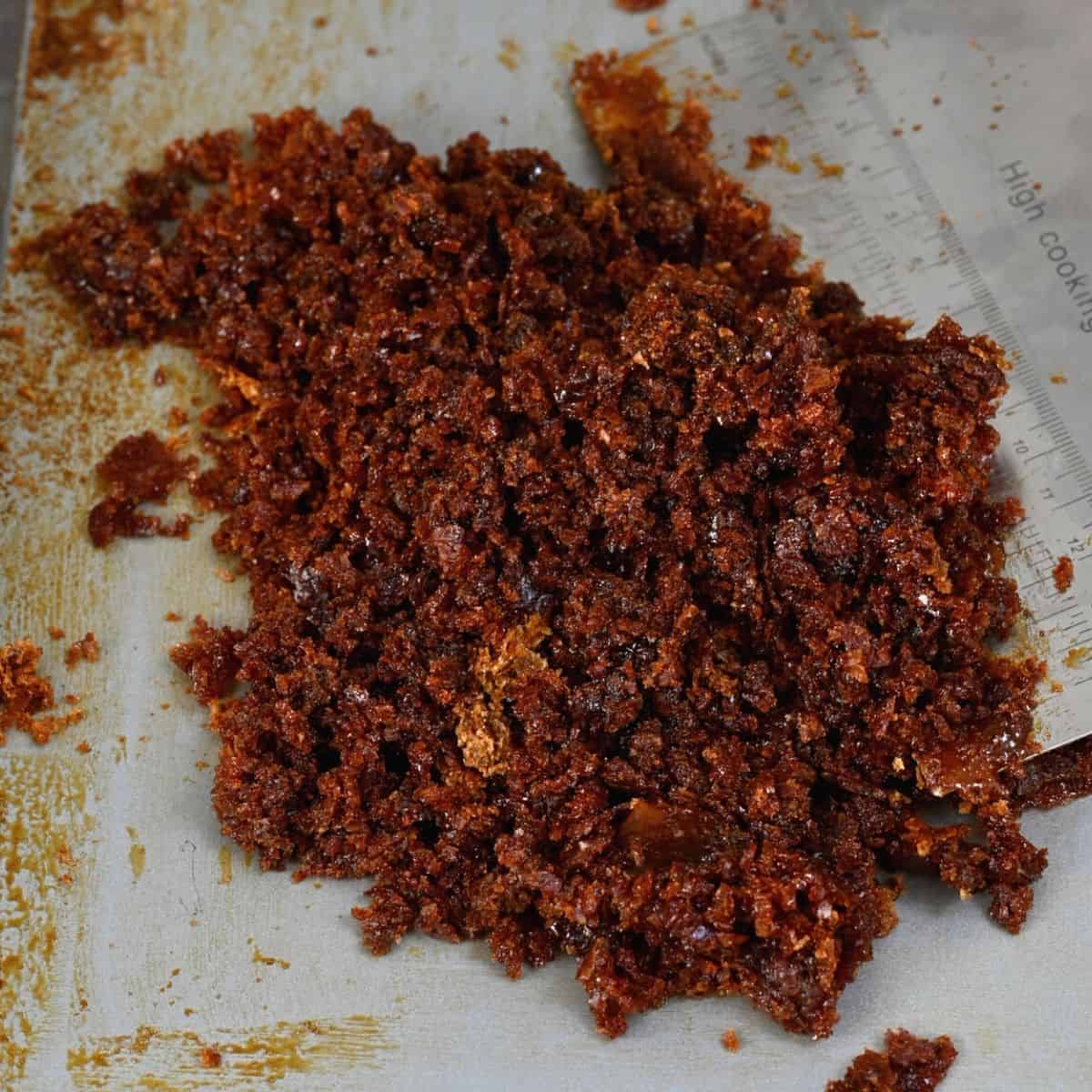Cane Sugar Processing: Traditional Approaches and Modern Innovations
Cane Sugar Processing: Traditional Approaches and Modern Innovations
Blog Article
Understanding the Important Techniques and Technologies Utilized in Modern Walking Cane Sugar Processing
The evolution of walking stick sugar handling has been significantly formed by the assimilation of innovative strategies and modern technologies that resolve both performance and sustainability. As we discover these important innovations, it ends up being necessary to take a look at exactly how they not only enhance manufacturing however likewise align with broader industry fads and customer demands, raising inquiries regarding the future of sugar processing and its implications for global markets.
Historic Context of Walking Stick Sugar Processing
The historic context of walking stick sugar processing discloses an abundant tapestry of agricultural technology and cultural exchange that has actually shaped its growth over centuries. The process of refining and removing sugar acquired energy in India, where methods for formation were refined around the Sixth century.

Advanced Extraction Methods
Efficiency in walking cane sugar extraction has actually seen significant innovations, driven by the need for higher yields and reduced production prices. Conventional approaches have advanced, paving the way to ingenious modern technologies that improve the efficiency of the extraction procedure. One noteworthy innovation is making use of enzyme-assisted extraction, where specific enzymes damage down cell walls and release even more sucrose from the walking stick fibers. This strategy not only increases sugar yield but likewise reduces the power required for processing.
In addition, the fostering of membrane purification modern technologies, such as nanofiltration and turn around osmosis, has actually changed the splitting up of sugar from contaminations. These approaches permit for the selective permeation of sugar particles while maintaining bigger pollutants, enhancing the extraction process and minimizing waste.
Moreover, the integration of continual removal systems has resulted in improved operational performance. Cane Sugar Processing. These systems keep a continuous flow of cane product, ensuring optimum extraction conditions and reducing downtime linked with set processing
Ingenious Refining Technologies
Refining techniques in walking cane sugar processing have actually gone through a transformative shift, driven by the need for higher pureness and enhanced item high quality. One of one of the most noteworthy innovations is the fostering of membrane layer purification technologies, such as ultrafiltration and nanofiltration. These procedures efficiently get rid of pollutants and colorants without the demand for substantial chemical therapies, consequently preserving the sugar's natural taste and enhancing its allure.
Another considerable advancement is using ion exchange materials, which enable discerning removal of unwanted ions from sugar options. This technology not only increases the general pureness of the final product yet great site also contributes to minimized waste and ecological impact.
Moreover, advancements in adsorption techniques, using turned on carbon and various other sophisticated materials, have actually confirmed effective in decolorizing sugar services while preserving optimum top quality. The integration of these innovative refining innovations makes sure that suppliers can produce refined sugar with remarkable quality and taste, meeting the developing choices of customers.
Automation and Control Equipment
Recent innovations in refining technologies have led the way for substantial improvements in automation and control systems within walking cane sugar processing facilities. These systems make use of advanced software program and equipment to enhance functional performance, reduce human error, and make certain regular product quality.
Modern automation integrates different elements, consisting of sensing units, actuators, and programmable reasoning controllers (PLCs), allowing real-time tracking and control of vital processes. As an example, flow, temperature, and stress prices can be specifically controlled during extraction, explanation, and formation stages, optimizing performance and reducing waste.
Furthermore, progressed information analytics and maker discovering algorithms play a pivotal duty in anticipating maintenance, permitting drivers to prepare for devices failures before they occur. This proactive strategy not just decreases downtime but also expands the life expectancy of equipment.
On top of that, automation facilitates the execution of Industry 4.0 concepts, equipping sugar mills to attain higher connection and data exchange throughout processes. As an outcome, decision-making becomes more dexterous and educated, ultimately enhancing the total competitiveness of walking stick sugar manufacturing. With these improvements, the sector is well-positioned to meet expanding global demands while keeping operational excellence.
Sustainability Practices in Sugar Manufacturing
Sustainability practices in sugar production have actually come to be progressively crucial as the industry looks for to stabilize economic practicality with ecological duty. As consumer understanding expands pertaining to the environmental effects of agricultural techniques, sugar manufacturers are adopting ingenious techniques to lower their ecological footprint.
One significant technique is the execution of accuracy agriculture methods, which make use of information analytics to optimize resource usage, such as water and plant foods. This reduces waste and lessens the influence on local environments. In addition, many producers are transitioning to renewable resource resources, such as biomass from sugarcane results, to power their operations, thereby decreasing reliance on fossil gas.
Water management methods are likewise vital; rain harvesting and effective irrigation systems help reduce water scarcity issues. Cane Sugar Processing. In addition, incorporated read the full info here parasite administration methods minimize chemical usage, promoting biodiversity and dirt wellness
Company social obligation efforts are emerging, with firms purchasing regional communities and guaranteeing fair labor techniques. By welcoming these sustainability methods, the sugar see market not only boosts its track record however also adds to an extra sustainable agricultural landscape, leading the method for future generations.

Conclusion
In recap, modern-day cane sugar processing incorporates an array of innovative methods and technologies that significantly boost effectiveness, yield, and sustainability. Collectively, these advancements place the walking stick sugar sector to satisfy modern demands while addressing essential worldwide obstacles.
The development of walking cane sugar processing has actually been substantially formed by the combination of innovative methods and modern technologies that deal with both performance and sustainability.The historical context of walking cane sugar processing exposes an abundant tapestry of agricultural innovation and social exchange that has formed its development over centuries. Advancements in milling and refining emerged, laying the foundation for contemporary cane sugar processing.Refining strategies in cane sugar handling have gone through a transformative change, driven by the demand for greater purity and boosted item quality.In summary, contemporary cane sugar processing includes a variety of advanced strategies and modern technologies that considerably enhance sustainability, yield, and efficiency.
Report this page